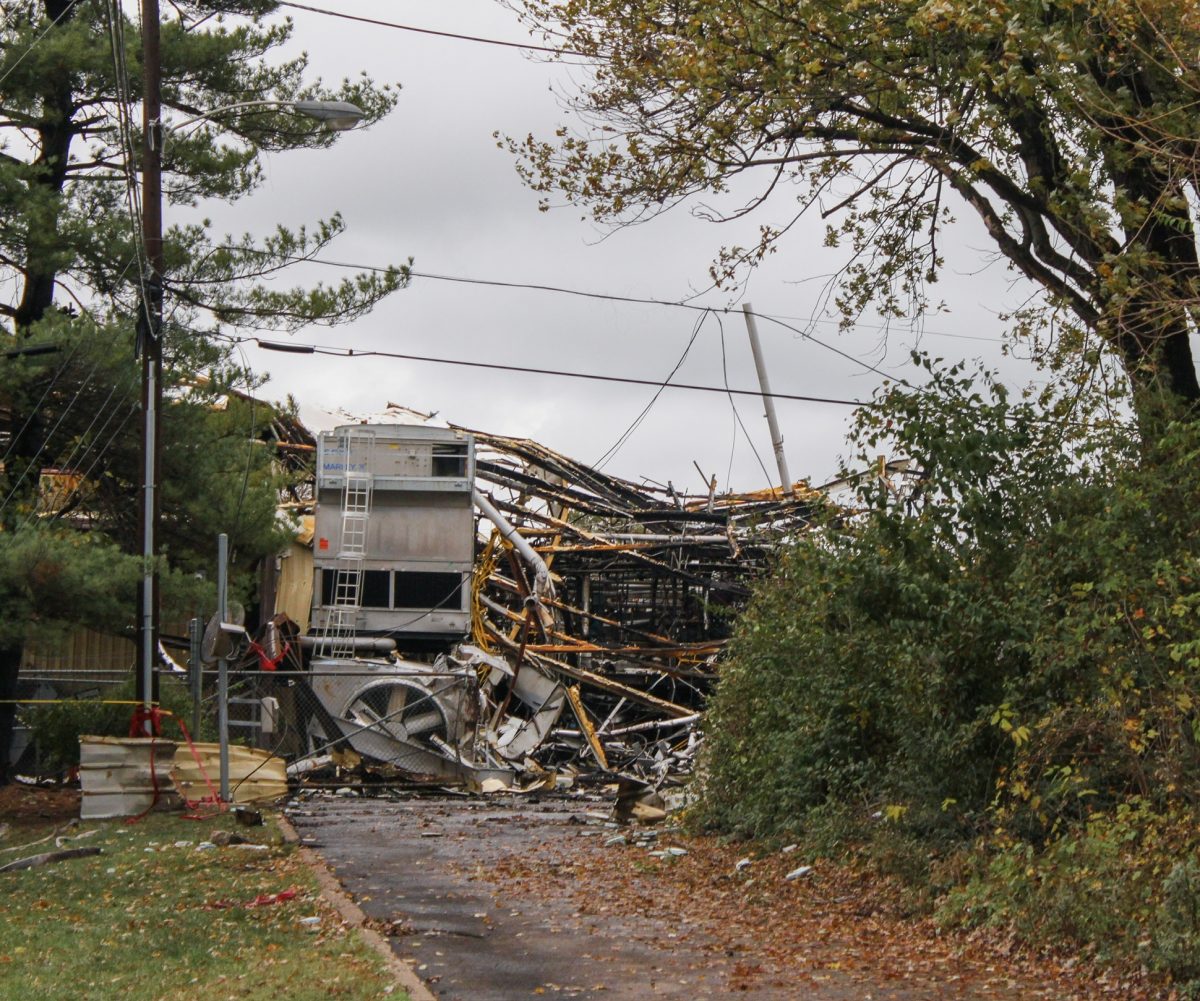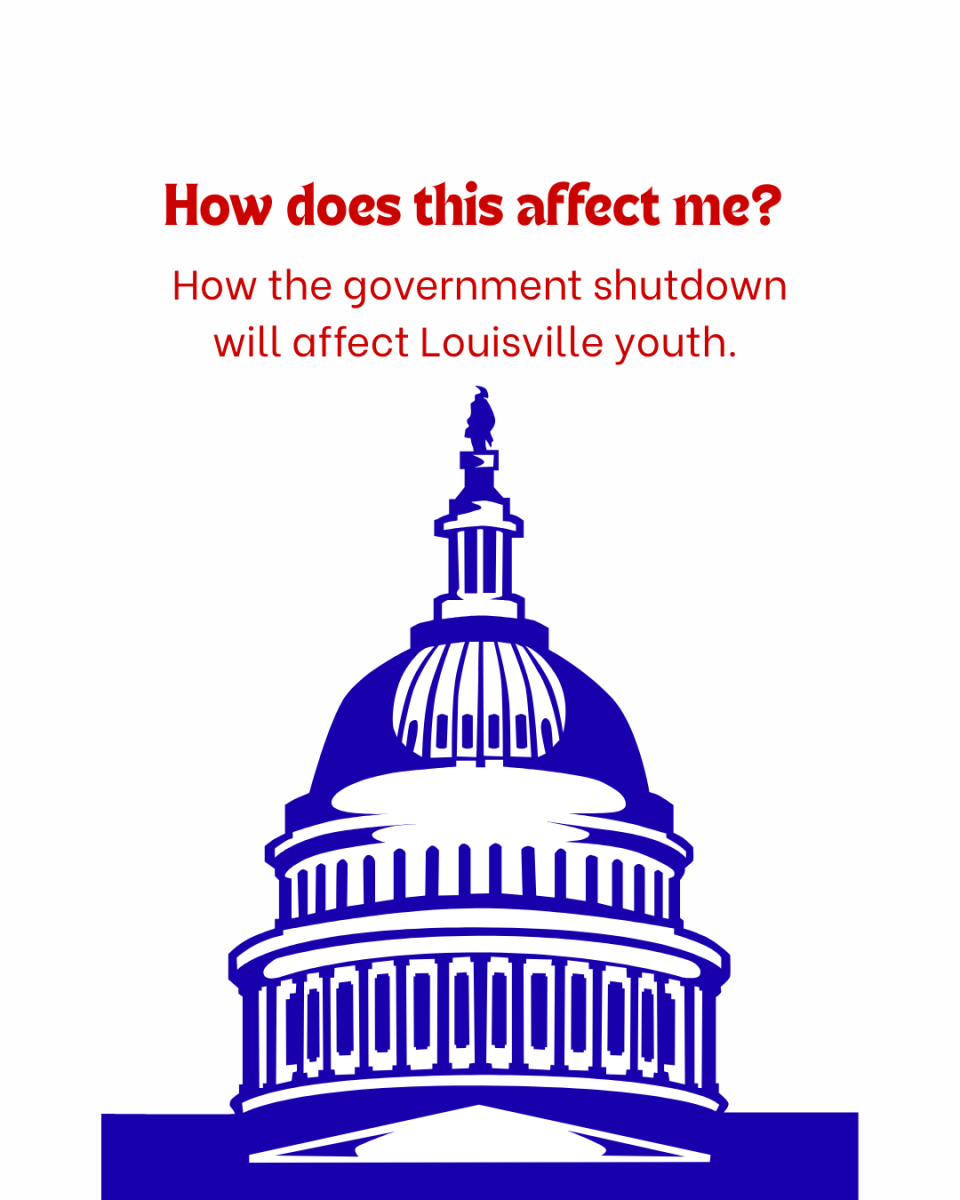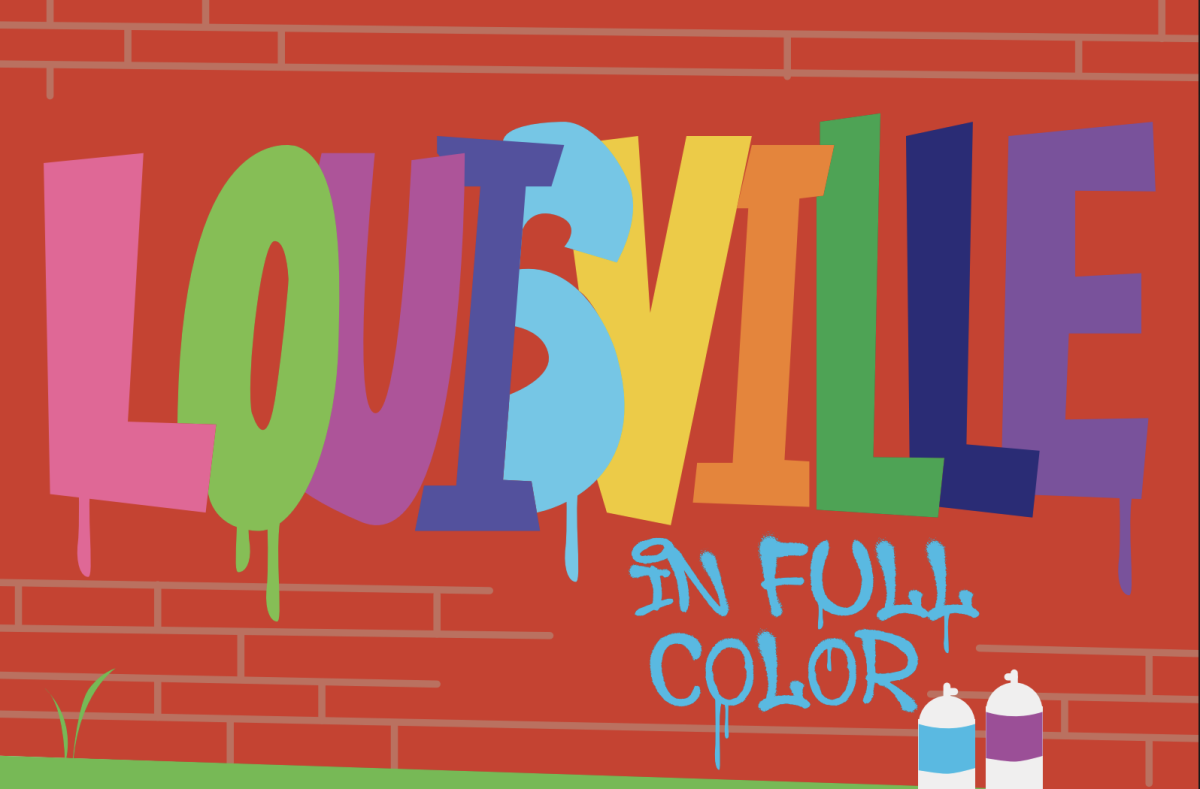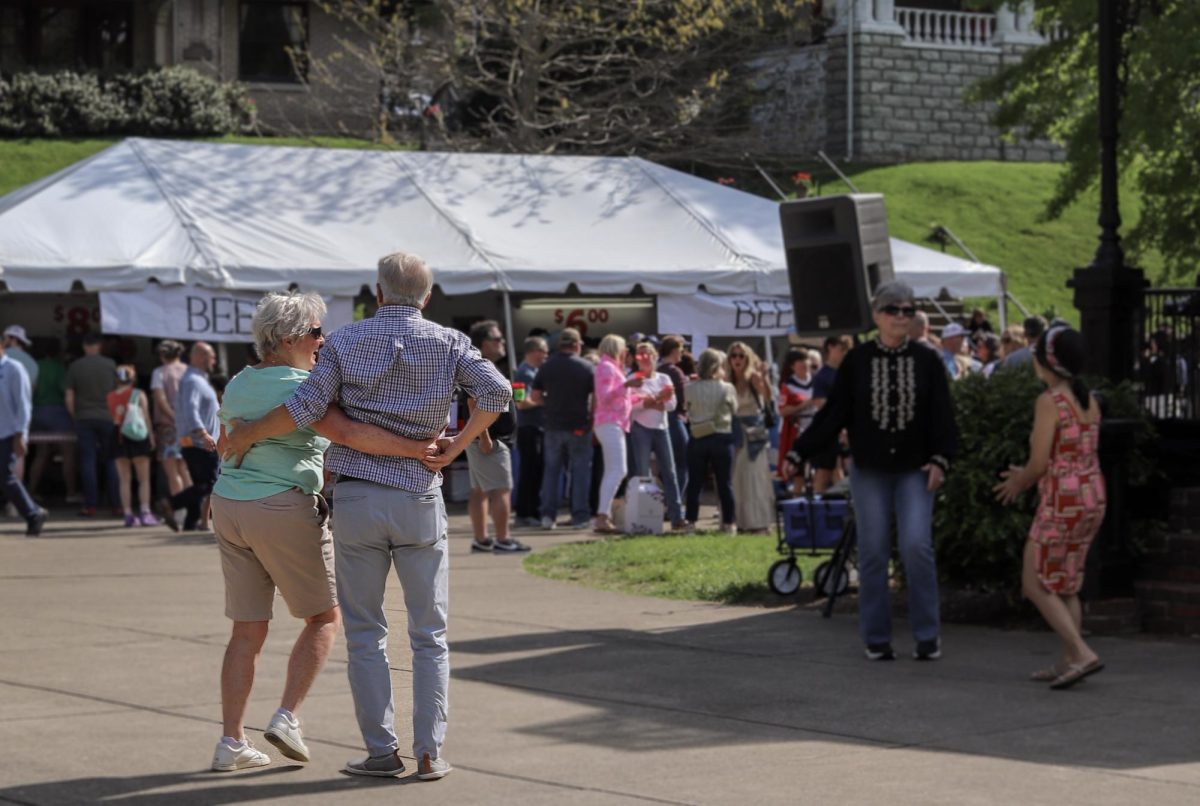In the afternoon hours of Tuesday, Nov. 12, 2024, an explosion in the Clifton area along Payne Street sent shockwaves through the neighborhood, rattling both buildings and nerves.
Meredith Holbrook, 16, a junior at Louisville Collegiate School, was about to leave class when the explosion occurred.
“It sounded like something heavy dropped on the roof,” Holbrook said.
“Everyone started yelling and I took off for the door but then the noise stopped.”
As rumors quickly spread, the most common explanation among her classmates was that a car had crashed into the school.
Although the event wasn’t a cinematic car explosion, a tragedy still occurred that afternoon just a few miles away.
The explosion originated at the Givaudan Sense Color factory, where a fire and subsequent structural collapse caused a dangerous release of hazardous materials that stained the street. The first victim, a worker at the factory, was rushed to UofL Hospital. Despite efforts to save them, the victim succumbed to their injuries. Initially, Givaudan reported all employees had been accounted for. It wasn’t until 5 hours after the accident, around 8pm, that they were notified someone still could be trapped inside.
The second victim was found in the rubble a little after midnight the next day, Nov. 13.
Matt Wilson MD, an emergency medicine physician at Baptist Hospital, was on duty when the explosion occurred. The emergency department received a call from Louisville Metro Incident Command, advising them to prepare for a potential mass casualty event.
“Anytime an event like this happens it can be pretty chaotic because it’s very unexpected and you have to be prepared for a large influx of patients,” Dr. Wilson said.
Elsewhere, nearby businesses felt the effects of the explosion as well. Syn Zipper, a barista at Quills Coffee, was working at the time of the explosion. The store was slow for the afternoon and Zipper was chatting with a manager when suddenly there was a loud boom and the front windows completely shattered.
“Thank God no one was sitting in front of it,” Zipper said.
The entirety of the Quills community crowded outside of the business, patrons and workers alike. Wild theories ran rampant, some suggesting a bomb placement as the reason for the windows shattering.
Stephanie Susemichel, the owner of Magnolia & Fig Boutique, was also working at the time of the explosion, her 8-year-old son sitting in the back office of the store.
“I thought a tree had fallen on the building, so I yelled at him to hurry up and come up front to get out of the building,” Susemichel said, adding yet another theory about the incident to the collection that was growing amongst frightened Louisville residents.
“Everybody was out on the street, and Osaka’s glass next door was broken,” Susemichel said.
The shattered glass of the neighboring restaurant caused her to realize that this wasn’t just a tree falling – she began to suspect a gas leak of some kind and ushered her child back into the boutique, telling him to lock the door for his safety.
“The scariest part was not knowing what it was and trying to figure out, ‘Is it going to happen again?’” Susemichel said.
Susemichel didn’t find out the cause of the disaster until hours later, much like many other people around Louisville.
As the investigation into the explosion at the Givaudan factory continues, the aftermath leaves a community shaken. The tragedy, which claimed two lives and left many more impacted, serves as a stark reminder of the unexpected dangers that can strike without warning. While the cause of the explosion has since been determined as an industrial accident, the shock and fear that reverberated through Louisville well into the night of Nov. 12 will continue to linger.


















